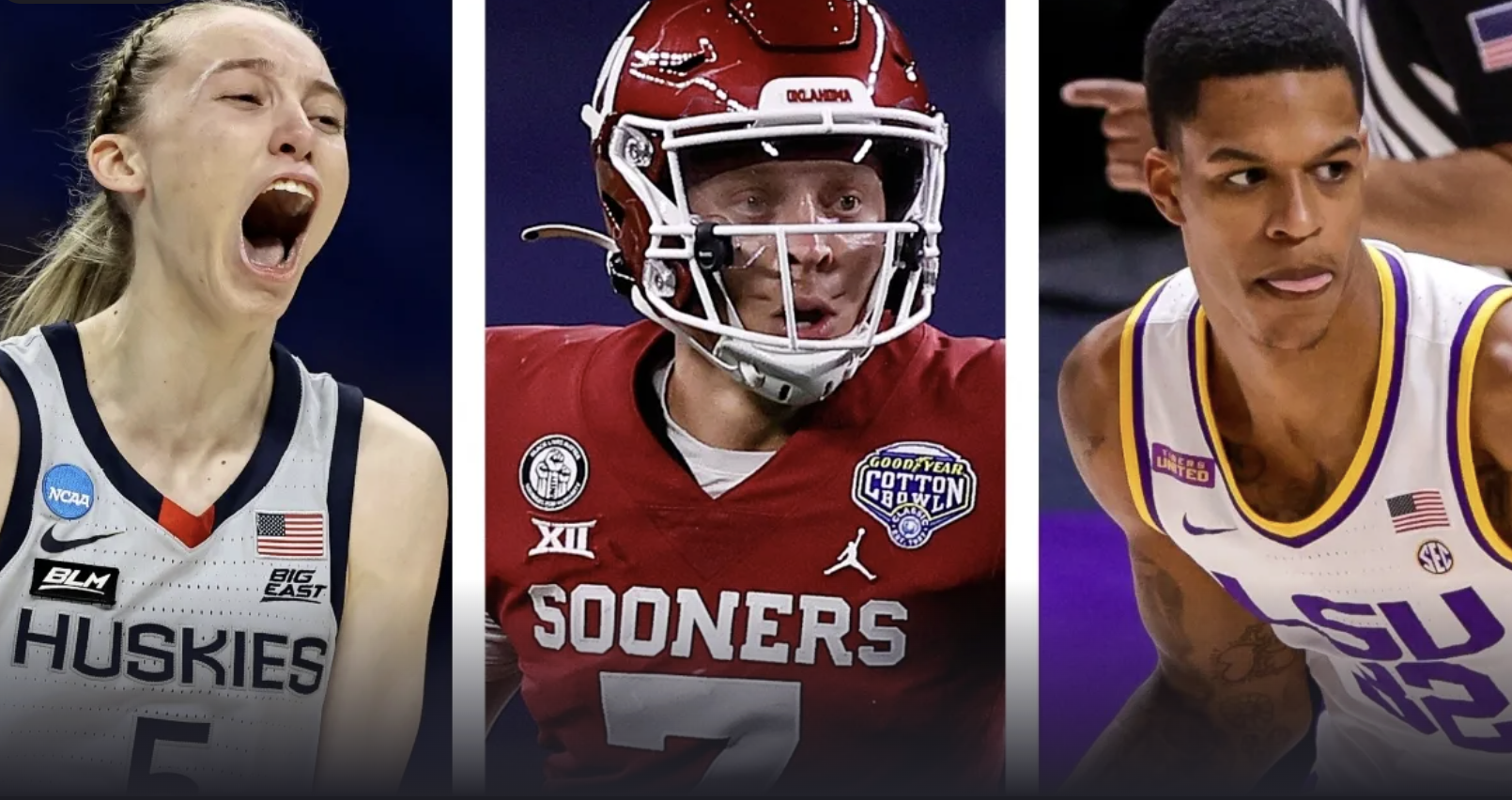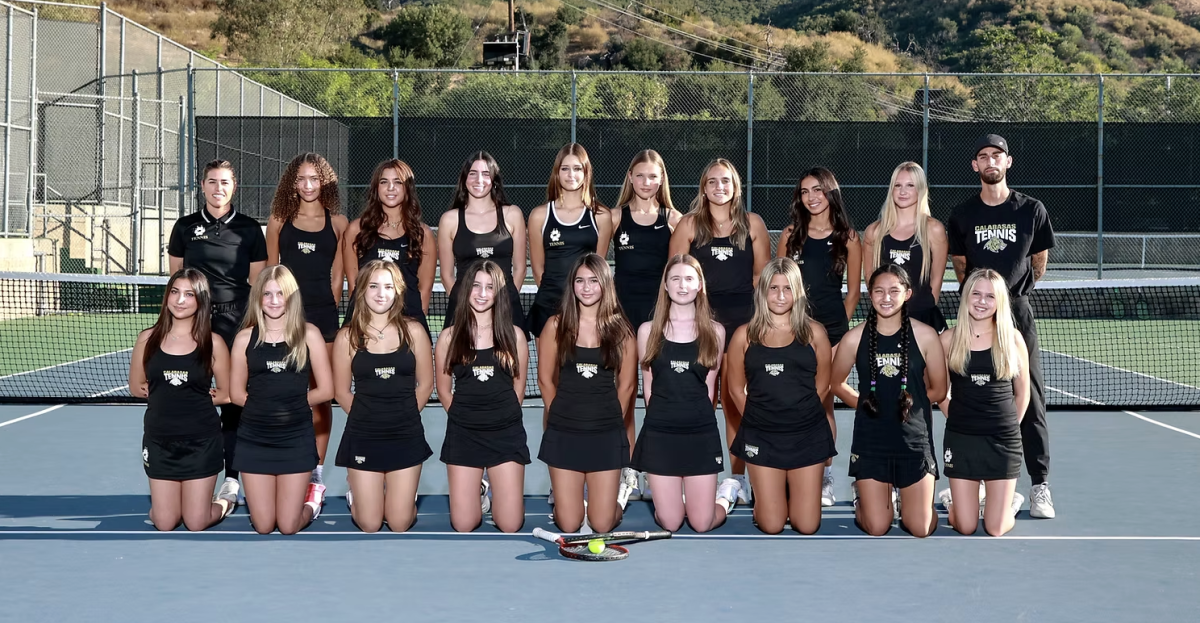Becoming a Division I athlete is one of the toughest challenges in sports, needing years of dedication, discipline, and sacrifice. Many high school athletes dream of playing D1, but the reality is that only a small percentage of them get to. Those who do have a hard but rewarding future ahead of them.
The NCAA reports that less than 2% of high school athletes end up competing at the Division one level, which proves how hard it really is. It’s not just about playing the sport, but it requires that you keep up with schoolwork and make other sacrifices in how you spend your high school years. Instead of hanging out with friends, or relaxing after school, many athletes are training, traveling for tournaments, or focusing on recovery after hard workouts.
“Balancing practice, games, and schoolwork, especially in-season, can be difficult. It is very easy to procrastinate and find yourself doing assignments late into the night. I try to work on my assignments anywhere I can, like in my car before school, free time during classes, staying for support, on bus rides to away games, etc. Having a set practice/game schedule can be very helpful too because it keeps a daily schedule for us,” said senior water polo player, Taylor Credle.
On top of the time spent practicing and traveling, athletes also have to maintain solid grades. Coaches want players who can handle the pressure of school and sports at the same time, because college requires both. Without strong academic performance, some of the strongest athletes can lose their chance at playing D1.
According to Exact Sports, “You can lose your athletic scholarship due to injury or poor performance, but if you maintain your grades, you will keep your academic scholarship even if you are no longer playing.”
“Staying motivated isn’t always easy. Personally, I love the sport I play and all of the girls I get to play it with, which makes it a lot easier to come to practice each day. The environment and team culture we have truly helped each of us want to continue playing together. However, there are some times when staying motivated can take a lot of me, but it’s when you show up even when you’re unmotivated to make a good athlete,” said Credle.
Beyond training and athletics, athletes also face the challenge of keeping a strong mindset. It can be stressful managing school, sports, and a social life, and the pressure to perform can be overwhelming. Mental toughness is often what separates those who stay motivated from those who give up.
“Mental toughness is very important, sometimes even more vital, than physical toughness. Across all sports, it is easy to play with emotion and take it to heart. But in a close game, where each team is strong, competitive, and aggressive, it comes down to whichever team wants to win more than the other,” said Credle
Becoming a Division I athlete is not just about the skill; it’s about effort, balance, and persistence. The athletes who succeed are the ones who can push through the challenges, stay disciplined in classrooms, and remain focused even when it is tough.









